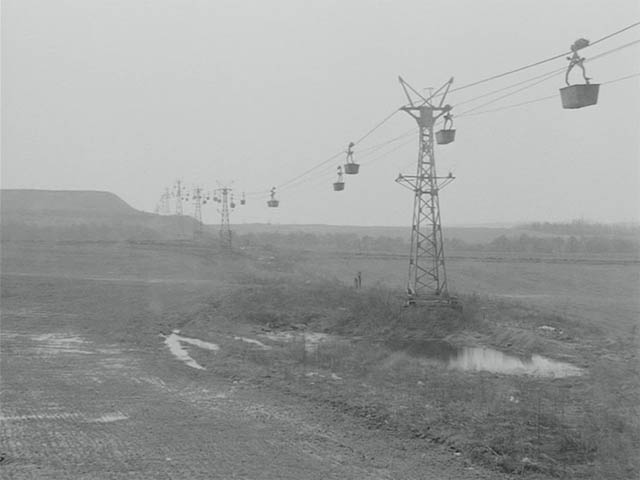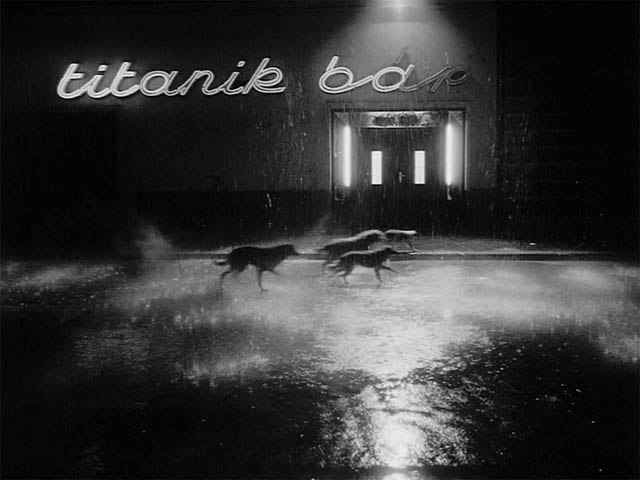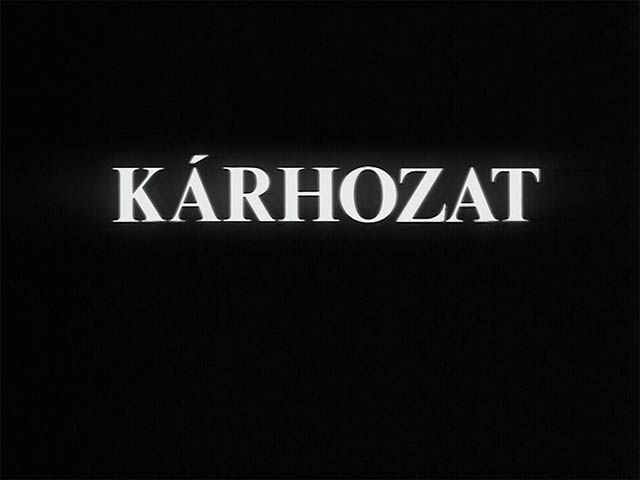



Kárhozat
(Damnation)








Spoiler-Free Movie Review
















If only there was an Academy Award for Best Use of Ore Carts, Béla Tarr would be the proud owner of an Oscar for Kárhozat. There is simply no other film whose depiction of ore carts holds a candle to Tarr’s masterful portrayal of dozens of carts suspended on a cable, traversing the landscape and incessantly gazing down upon a small Hungarian town.
Some industry insiders say the Academy may have been convinced to create the award had the mining community rallied behind the film. But at the time, Hungarian miners thought it was more important to jump on the “revolt against the Soviets” bandwagon than to lobby for increased recognition of the mining implements so long unappreciated by the Hollywood establishment.









Naysayers claim the Academy would not have given in to public pressure, citing the animal welfare community’s failed campaign in support of a proposed Oscar for Best Performance by Stray Dogs, which experts agree would have been easily won by Kárhozat and its motley pack of canines.









However, it is generally believed that this was not a reflection of an aversion to expanded award offerings, but a result of the powers that be buying into the notion that because Hungary was a communist country when Kárhozat was filmed, the dogs featured in the film were not unwanted strays, but the people’s dogs, owned and loved by millions, and therefore not sufficiently disadvantaged to merit special honors.
Other proposed awards that garnered significant grass roots support include Oscars for Most Atmospheric Droning, Best Poorly Synched Music, and Original Use of Indoor Campfire, as well as a Guinness Record for Most Rain Per Minute Filmed, none of which was ultimately adopted.
But of all the awards not awarded, the Oscar for Best Use of Ore Carts is the one that will stand out in people’s minds when they inevitably recall the ever-vigilant unsung heroes of one of the wettest land-based films ever made. If that makes Kárhozat sound like an uncommon sort of movie living in its own cinematic world that most filmmakers never visit, that’s because it is, and that’s a good thing.














